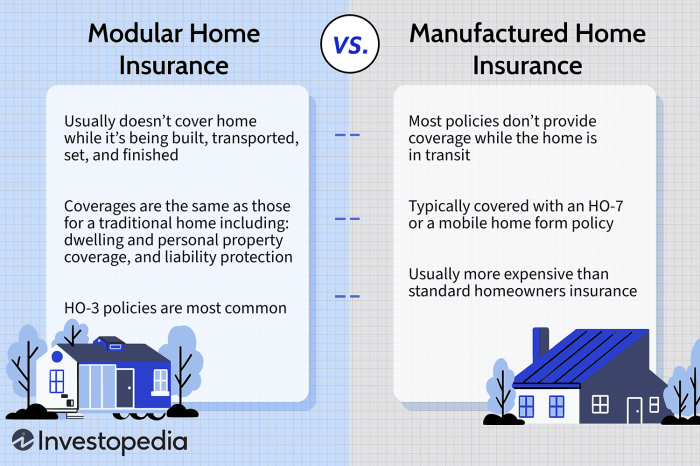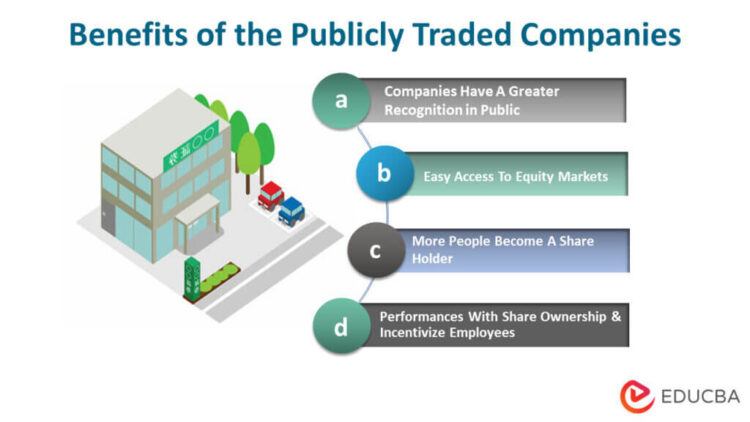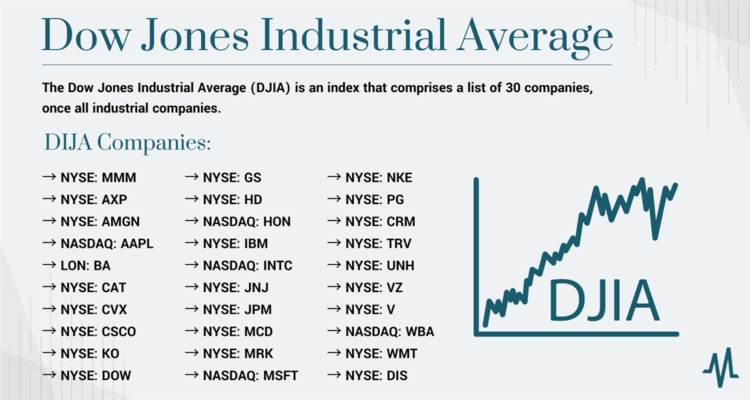
Who insures reinsurance companies? It’s a question that might make you scratch your head, especially if you’re not familiar with the complex world of insurance. Think of it this way: reinsurance companies are like the big insurance companies’ backup plan. They take on some of the risk from the primary insurers, so if a huge disaster happens, they’re there to help cover the costs. But who protects these reinsurance companies? Who’s there to catch them if they get hit with a massive claim? The answer is, it’s not just one entity. It’s a complex network of other insurance companies, financial institutions, and even government programs.
The reinsurance industry is a vital part of the global financial system. It helps to stabilize the insurance market and provides crucial protection against catastrophic events. But just like any other business, reinsurance companies need to manage their own risks. That’s where the need for reinsurance insurance comes in.
The Nature of Reinsurance: Who Insures Reinsurance Companies

Reinsurance is like the insurance for insurance companies. Think of it as an extra layer of protection for insurers when they face really big claims, like a massive natural disaster or a huge liability lawsuit. It’s all about spreading the risk and making sure everyone involved can stay afloat, even in the face of catastrophic events.
Types of Risks Covered
Reinsurance companies typically cover a wide range of risks that insurance companies might face. These risks can be categorized into different types:
- Catastrophe Risks: These are the big ones, like earthquakes, hurricanes, floods, and wildfires. Reinsurance helps insurance companies handle the massive payouts that can occur after these events.
- Liability Risks: These are risks associated with potential legal claims, like product liability, medical malpractice, or environmental pollution. Reinsurance provides a safety net for insurers when these claims get really expensive.
- Casualty Risks: These are risks related to accidents, like car accidents, worker’s compensation claims, and general liability. Reinsurance can help insurers manage the costs of these claims.
- Property Risks: These are risks associated with damage to property, like fire, theft, or vandalism. Reinsurance can help insurers cover the costs of repairing or replacing damaged property.
Reinsurance Products and Applications
Reinsurance companies offer a variety of products to meet the specific needs of insurance companies. Here are some examples:
- Treaty Reinsurance: This is a long-term agreement between an insurance company and a reinsurance company, where the reinsurer agrees to cover a specific portion of the insurer’s risk for a certain period. This is like having a standing insurance policy with the reinsurance company.
- Facultative Reinsurance: This is a case-by-case agreement where the reinsurer agrees to cover a specific risk for a particular insurance policy. Think of it like getting a separate insurance policy for a specific risk, like a large construction project.
- Catastrophe Bonds: These are bonds issued by insurance companies to raise capital to cover potential losses from catastrophic events. Investors buy these bonds, and if a catastrophe occurs, the investors may lose their investment. This is like a specialized bond that helps insurance companies prepare for the worst-case scenario.
The Need for Reinsurance

Reinsurance companies, those who insure insurance companies, also face the potential for significant financial losses. They need their own insurance to protect them from catastrophic events that could wipe out their entire portfolio. Think of it like a safety net for the safety net!
Reinsurance Companies’ Risk Management
Reinsurance companies manage their own risks through a variety of strategies, including:
- Diversification: They spread their risk across a wide range of insurance policies, geographically and across different industries. This reduces the impact of any single event.
- Risk Modeling: They use sophisticated models to estimate the likelihood and potential impact of future events. This helps them to price their reinsurance policies accurately and to set aside enough capital to cover potential losses.
- Capital Management: They maintain a strong capital base to absorb losses. This helps them to remain solvent even after a major event.
- Catastrophe Bonds: They issue bonds that pay out only if a certain event occurs. This allows them to transfer some of their risk to investors.
Examples of Catastrophic Events
Catastrophic events highlight the importance of reinsurance. Here are some examples:
- Hurricane Katrina (2005): This hurricane caused over $100 billion in insured losses, making it the costliest natural disaster in U.S. history. Reinsurance companies played a critical role in helping insurance companies to pay out claims to policyholders.
- Tohoku Earthquake and Tsunami (2011): This event caused over $300 billion in insured losses, making it the costliest natural disaster in world history. Reinsurance companies again played a crucial role in supporting insurance companies.
- COVID-19 Pandemic (2020-present): This pandemic has caused significant losses for insurance companies, particularly in areas such as business interruption and event cancellation insurance. Reinsurance companies have helped to stabilize the insurance market by providing financial support to insurance companies.
Who Insures Reinsurance Companies?

Reinsurance companies, just like any other business, face risks. These risks can stem from natural disasters, catastrophic events, or even the financial instability of their clients. To mitigate these risks, reinsurance companies themselves seek insurance, known as retrocession.
Retrocession is a crucial part of the reinsurance market. It allows reinsurance companies to transfer some of their risk to other institutions, effectively spreading the risk and reducing their potential financial exposure. This practice helps maintain the stability of the reinsurance market and ensures that reinsurance companies can continue to provide vital risk coverage to insurance companies.
Institutions Providing Retrocession
Retrocession is provided by a variety of institutions, each with its unique characteristics and role in the reinsurance market.
- Other Reinsurance Companies: One of the most common sources of retrocession is other reinsurance companies. These companies often have a strong understanding of the reinsurance market and can provide specialized coverage tailored to the specific needs of their clients.
- Insurance-Linked Securities (ILS) Funds: These funds invest in securities linked to insurance risks, such as catastrophe bonds. They provide capital for retrocession, but their coverage is often more limited than traditional reinsurance companies.
- Captive Insurance Companies: Captive insurance companies are subsidiaries of larger companies, set up to insure the parent company’s risks. They can also provide retrocession to other reinsurance companies, especially for niche risks.
- Traditional Insurance Companies: While less common, some traditional insurance companies also provide retrocession. These companies may have expertise in specific areas, such as property or casualty insurance, and can offer coverage for these types of risks.
Characteristics of Retrocession Providers, Who insures reinsurance companies
The institutions providing retrocession have diverse characteristics that influence the type of coverage they offer:
- Capacity: The amount of capital available to provide retrocession is a key factor. Some institutions, like large reinsurance companies, have significant capacity, while others, such as ILS funds, may have more limited capacity.
- Risk Appetite: Different institutions have varying risk appetites. Some may be willing to take on high-risk exposures, while others prefer lower-risk opportunities.
- Expertise: Expertise in specific areas of insurance or reinsurance is crucial for providing effective retrocession. Some institutions specialize in certain types of risks, such as natural disasters, while others may have a broader focus.
- Pricing: Retrocession premiums vary depending on the risk, the capacity of the provider, and other factors. Understanding the pricing structure of different institutions is essential for reinsurance companies to secure the best value for their retrocession.
Comparison of Retrocession Coverage
The coverage provided by different institutions can vary significantly:
- Traditional Reinsurance Companies: Offer comprehensive coverage for a wide range of risks, often with flexible terms and conditions. However, they may have higher premiums due to their broader risk exposure.
- ILS Funds: Provide coverage for specific risks, typically those linked to natural disasters. Their coverage is often more limited than traditional reinsurance companies, but they may offer lower premiums due to their focused investment strategy.
- Captive Insurance Companies: Can offer customized coverage tailored to the specific needs of the reinsurance company. However, their capacity may be limited, and they may not be able to provide coverage for all types of risks.
- Traditional Insurance Companies: May offer retrocession for specific types of risks, such as property or casualty insurance. However, their coverage is often more limited than traditional reinsurance companies, and their premiums may be higher due to their focus on broader insurance markets.
Regulatory Considerations
The reinsurance industry, like any financial sector, operates within a complex web of regulations designed to ensure stability, protect policyholders, and maintain market integrity. These regulations are put in place by various international and national regulatory bodies, and they influence every aspect of the reinsurance business, from capital requirements to risk management practices.
Key Regulatory Bodies
The reinsurance industry is subject to oversight by a number of key regulatory bodies, both at the international and national levels. These bodies play a crucial role in setting standards, monitoring compliance, and ensuring the financial soundness of reinsurance companies.
- International Association of Insurance Supervisors (IAIS): The IAIS is a global standard-setting body for insurance and reinsurance supervision. It develops and promotes internationally consistent standards for insurance and reinsurance regulation, aiming to enhance the safety and soundness of the global insurance industry.
- The International Financial Reporting Standards (IFRS): IFRS provides a common set of accounting standards for companies worldwide, including reinsurance companies. These standards help ensure transparency and comparability in financial reporting, making it easier for investors and regulators to assess the financial health of reinsurance companies.
- National Insurance Regulators: Each country has its own national insurance regulator, responsible for overseeing the insurance and reinsurance industry within its borders. These regulators set specific requirements for reinsurance companies operating within their jurisdictions, including capital adequacy, risk management practices, and solvency requirements.
Regulatory Frameworks for Reinsurance Companies
Regulatory frameworks for reinsurance companies typically cover a wide range of areas, including:
- Capital Requirements: Reinsurance companies are required to hold sufficient capital to cover potential losses. This capital requirement is often calculated based on the company’s risk profile, with higher-risk companies needing to hold more capital. The purpose of this requirement is to ensure that reinsurers can meet their obligations to cedents in the event of a large loss.
- Risk Management Practices: Reinsurance companies are expected to have robust risk management practices in place to identify, assess, and manage the risks they face. This includes establishing clear risk management policies, procedures, and controls, and regularly monitoring and reporting on their risk exposure.
- Solvency Requirements: Reinsurance companies must maintain a certain level of solvency, meaning they must have sufficient assets to cover their liabilities. This ensures that reinsurers can meet their financial obligations to their clients and policyholders.
- Transparency and Disclosure: Reinsurance companies are subject to stringent transparency and disclosure requirements, including the reporting of their financial performance, risk exposure, and capital adequacy. This information is essential for investors, regulators, and policyholders to assess the financial health of the company.
Regulatory Implications for the Reinsurance Market
Regulatory requirements have a significant impact on the reinsurance market, influencing:
- Market Stability: Regulations help to ensure the stability of the reinsurance market by promoting sound financial practices and risk management among reinsurers.
- Competition: Regulatory requirements can affect competition in the reinsurance market. For example, capital requirements may make it more difficult for smaller reinsurers to compete with larger, well-capitalized companies.
- Innovation: Regulations can sometimes stifle innovation in the reinsurance market, as companies may be reluctant to adopt new products or services that are not fully understood or regulated.
- Pricing: Regulatory requirements can influence reinsurance pricing. For example, capital requirements may lead to higher pricing, as reinsurers need to charge enough to cover their capital costs.
Outcome Summary
So, the next time you hear about a massive earthquake or hurricane, remember that behind the scenes, there’s a whole world of reinsurance companies working to ensure that the insurance industry can continue to function. And while the process of insuring reinsurance companies might seem complex, it’s essential for keeping the financial system stable and providing crucial protection for individuals and businesses around the globe.
General Inquiries
What is the difference between insurance and reinsurance?
Insurance is the protection you buy to cover potential losses, like your car or home. Reinsurance is insurance for insurance companies. It helps them spread out their risk by transferring some of it to other companies.
Why do reinsurance companies need insurance?
Reinsurance companies face the same risks as any other insurance company. If they get hit with a huge claim, they need to have the financial resources to cover it. Reinsurance insurance provides them with that safety net.
How are reinsurance companies regulated?
Reinsurance companies are regulated by government agencies around the world. These regulations ensure that reinsurance companies are financially sound and can meet their obligations to their clients.




